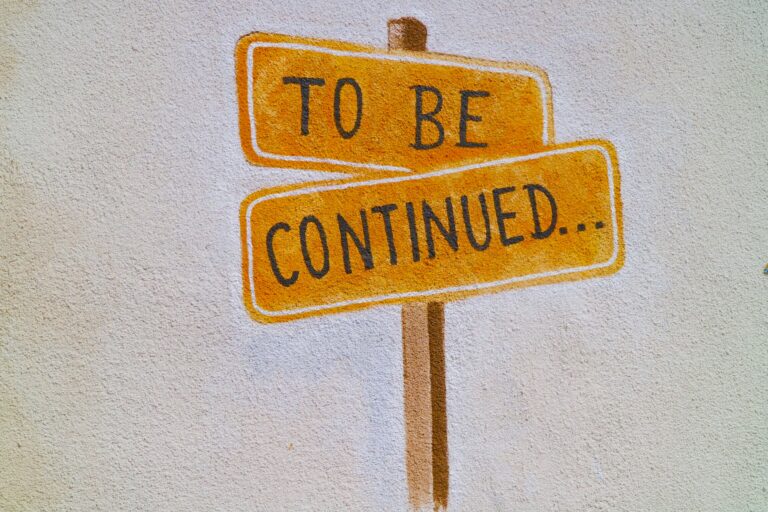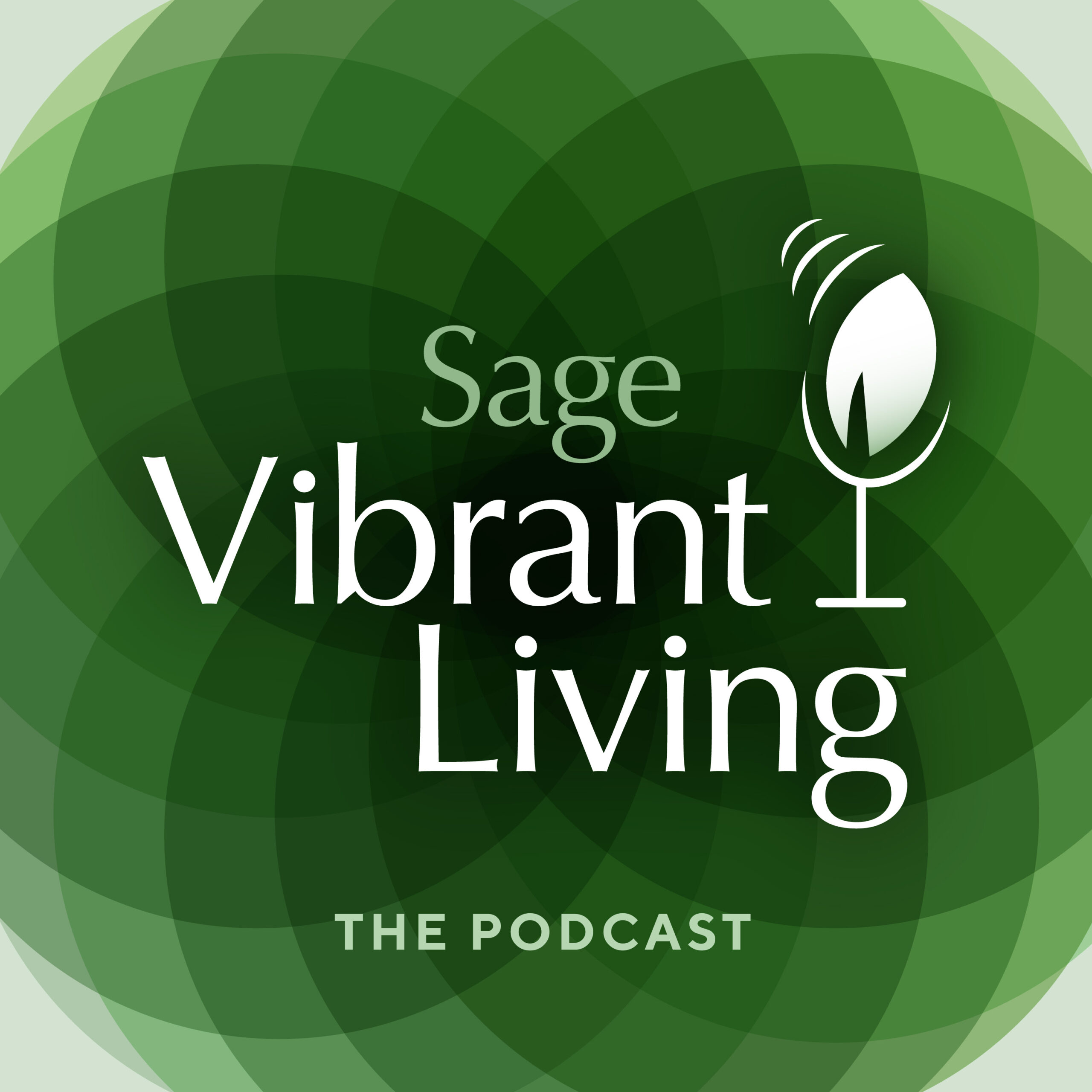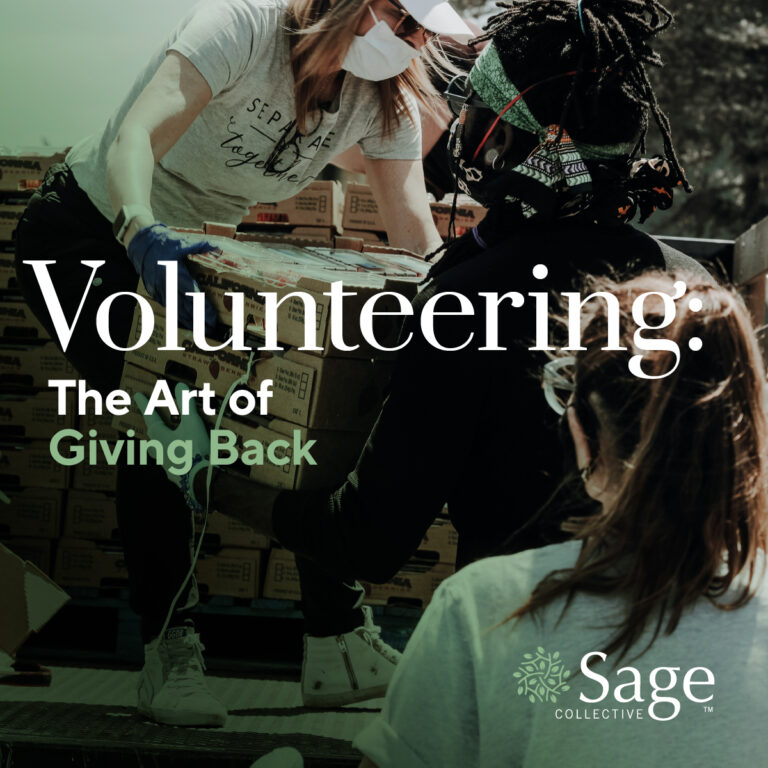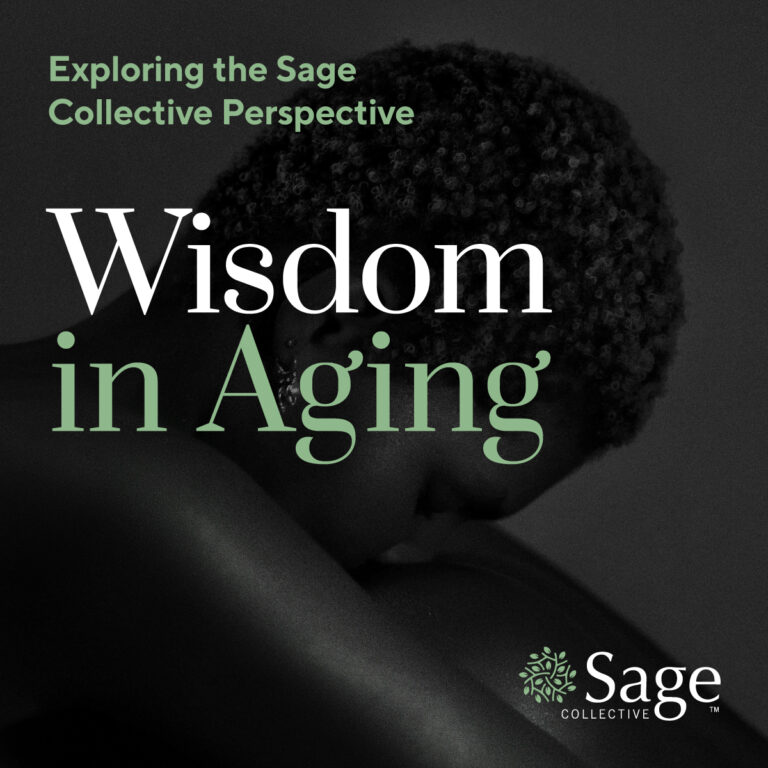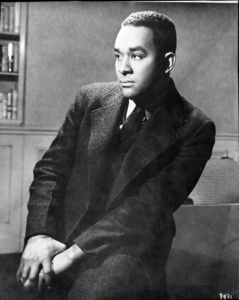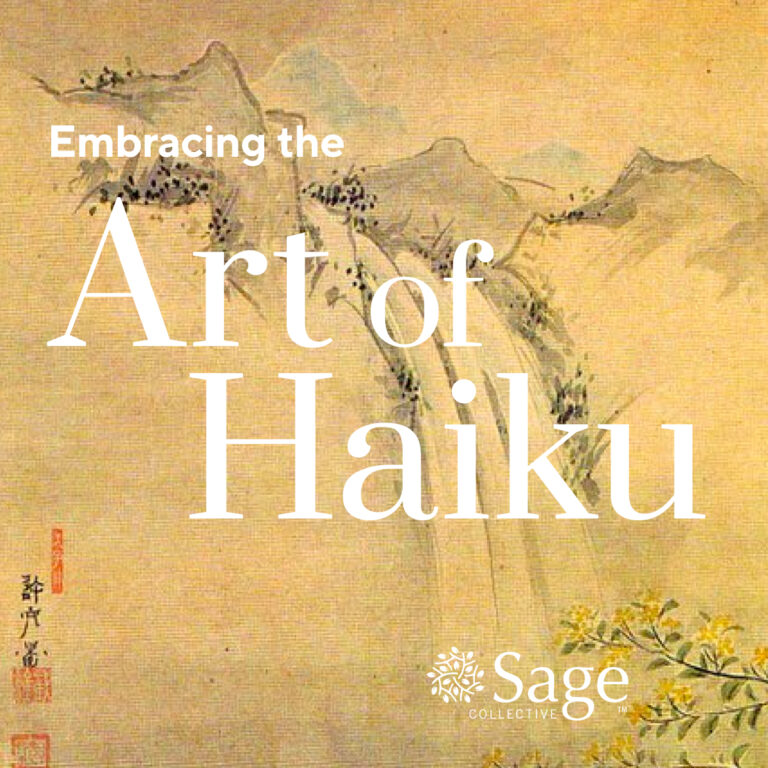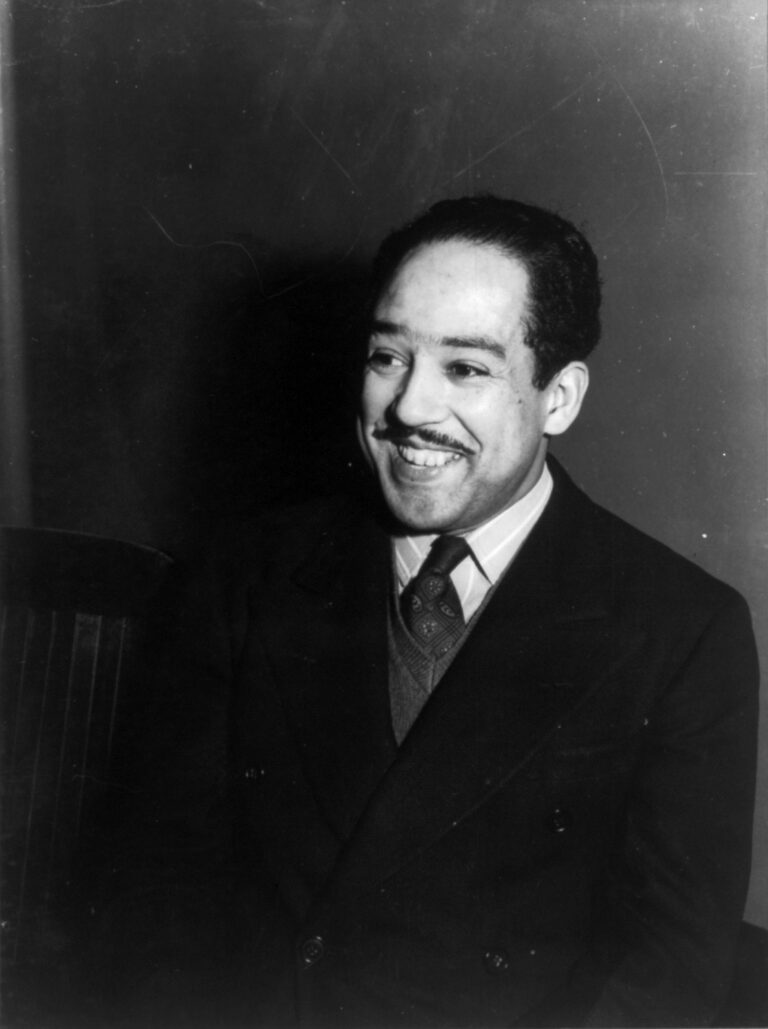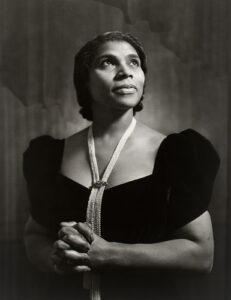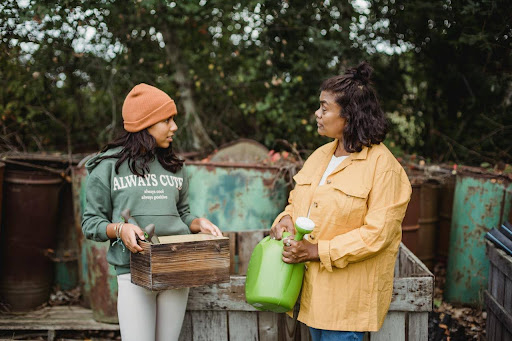The Transformative Power of Storytelling: Insights from Donald Brooks Jones
In the captivating finale of Season 1 of the Sage Vibrant Living podcast, Donald Brooks Jones, an accomplished author and co-founder of Alchemy Media Publishing, delves into the profound art and impact of storytelling. His insights not only shed light on the mechanics of crafting compelling narratives but also underscore the significant role storytelling plays in preserving histories, sharing wisdom, and influencing lives. This episode is a treasure trove of guidance for anyone eager to tell their own stories, whether for personal reflection, to preserve family history, or to make a mark on the world.
Why Storytelling Matters
Storytelling is an intrinsic part of human culture and an essential tool in the fabric of social communication. As Jones points out, stories have the power to bridge generations, cultures, and geographies. They carry the weight of our histories and the flight of our imaginations, allowing us to convey complex ideas, emotions, and experiences across time and space. For older adults, storytelling becomes particularly poignant, serving as a conduit to pass on legacy, wisdom, and life lessons.
Starting Your Storytelling Journey
Jones emphasizes the importance of just beginning, no matter how daunting the task may seem. Starting the storytelling journey requires a blend of introspection and observation. It’s about finding those moments, relationships, and insights that have shaped who you are and how you see the world. This process not only helps to preserve personal and collective histories but also validates and celebrates individual life experiences.
Crafting Your Narrative
One of the key highlights from Jones’s discussion is the art of crafting your story. He breaks down various techniques that aid in structuring narratives that are not only coherent but also engaging. This involves establishing a disciplined writing routine, understanding the elements of good storytelling, and learning how to evoke emotions and connect with your audience. Whether it’s through setting a regular writing schedule or mapping out the plot and characters, the discipline of writing requires commitment and passion.
Overcoming Challenges
Every storyteller faces hurdles, from writer’s block to doubts about relevance or impact. Jones discusses practical alternatives and solutions to these challenges, such as using voice-to-text software for those uncomfortable with typing or engaging with writing groups for feedback and motivation. The key is to find what works for you and to keep moving forward.
Memoir vs. Autobiography
An important distinction that Jones highlights is between memoir and autobiography. Understanding this can help budding writers decide how to approach their own stories. While a memoir focuses on specific moments or periods in life, emphasizing emotional experiences, an autobiography is a more comprehensive chronology of the author’s life. This focus helps writers decide what to include in their stories and how to frame their narratives.
The Impact of Storytelling
Jones eloquently concludes that the value of storytelling extends beyond the pages on which words are written. Stories have the power to heal, connect, and inspire. They foster empathy, enhance understanding, and create communities. For the elderly, stories are not just reminiscences; they are the legacies that impart values and lessons for future generations.
As Donald Brooks Jones reiterates, storytelling is a powerful tool that each of us holds. It requires us to tap into our deepest selves and to share our truths with the world. For listeners of the Sage Vibrant Living podcast and readers of the Sage Advice blog, taking up storytelling can be a profoundly enriching endeavor—one that enriches both the storyteller and the audience alike.
This masterclass with Donald Brooks Jones isn’t just a lesson in storytelling; it’s an invitation to wield the power of your narrative to connect, educate, and inspire. Whether through a memoir, a blog, or bedtime stories to your grandchildren, remember that your stories are worth telling.
